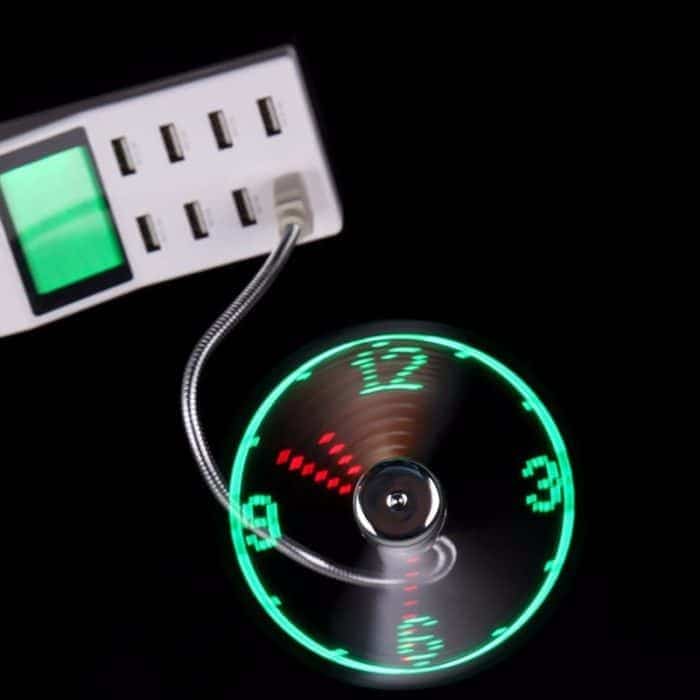“2022 Gadgets: What to Expect From Nanotechnology”
Nanotechnology has been around since the 1980s, but it’s only recently that its potential has become fully realized. This article will look at the ways nanotechnology is set to revolutionize our lives in 2022 and beyond, from medical breakthroughs to environmental cleanup, quantum computing, and artificial intelligence (AI). We’ll also take a closer look at some of the exciting gadgets that could be made possible by nanotech shortly.
What is Nanotechnology?
Nanotechnology is the manipulation of matter on an atomic or molecular scale to create materials with unique properties and applications. It involves working with particles that are less than 100 nanometers in size – one-nanometer being one-billionth of a meter – which allows scientists to create microscopic structures with incredible precision and accuracy. In recent years, advances in nanotech have enabled us to create incredibly tiny devices with powerful capabilities, such as sensors that can detect disease markers in blood or even monitor our environment for pollutants.
Nanotech has already been used in a range of products from sunscreen and cosmetics to food packaging and sporting equipment, but its potential applications go far beyond this. For example, nano-sized robots could be used for medical purposes such as delivering drugs directly into cells or performing complex surgeries without invasive procedures; while nanoparticles could be used for environmental cleanup by targeting specific pollutants without affecting anything else around them. And this is just scratching the surface – there are countless other possibilities out there!
Nanotechnology in Everyday Life
By 2022, we can expect to see nanotech being used more widely across many areas of everyday life – from consumer electronics like smartphones and tablets to healthcare products such as drug delivery systems and diagnostic tools. For example, nanoparticles could be used in batteries to make them longer lasting or lighter weight; they could also be used in solar cells to increase their efficiency or reduce their cost; while nanoscale coatings could make fabrics more stain resistant or waterproof. We may even start seeing nano-sized robots being used for household tasks like cleaning floors or windows!
In addition, nanomaterials have already had a huge impact on electronics such as computers and phones – allowing us to create smaller yet more powerful devices than ever before – but there are still plenty more possibilities out there! For example, by combining different types of nanoparticles scientists could create flexible displays that can bend into any shape we want; while 3D printing techniques utilizing nanomaterials could allow us to print complex structures with unprecedented detail directly onto surfaces like walls or furniture!
Nanobots: The Future of Medicine
One of the most exciting applications of nanotech is its potential use in medicine – specifically, the development of tiny robots called “nanobots” that could be injected into our bodies to perform complex tasks such as delivering drugs directly to specific cells or repairing damaged tissue without surgery. These miniature machines would be able to navigate through our bloodstreams with incredible accuracy thanks to their small size and advanced sensors, making them invaluable tools for diagnosing illnesses early on and treating them effectively before they become serious issues.
The use of nanobots would also greatly reduce recovery times after surgery since they would be able to minimize trauma caused by traditional procedures while also speeding up healing due to their ability to work on multiple tasks simultaneously at a much faster rate than human surgeons can manage! This means we should see some truly revolutionary medical treatments coming out over the next few years thanks largely due advances made possible by nanotech.
Nanoparticles for Environmental Cleanup
Another area where nanotech could have a huge impact is environmental cleanup – specifically when it comes to cleaning up hazardous waste sites or oil spills. By using special nanoparticles designed for this purpose, scientists can target specific pollutants without affecting anything else around them – meaning no damage is done
FAQ
What is the most popular gadget?
In 2022, almost everyone (96.1%) owns a mobile phone. Smartphones are the most popular type of phone, owned by 95.8% of global consumers. In comparison, just 7.7% of consumers own feature phones.
What is trending technology in 2022?
Multicore will be commonplace by 2022, appearing in a variety of different devices including wearable systems and smartphones, cameras, games, and automobiles. Silicon photonics will be a key technology to address bandwidth, latency, and energy challenges in high-end systems.
What is the modern gadget?
A modern gadget is a small, smart device that is designed to be different from traditional technology. A modern gadget can also be defined as a small tool that has a specific purpose and use. Modern gadgets also refer to computer-enabled programs that don’t need any additional applications.
What is the fastest-growing technology today?
At this point, there is a CAGR of 64% for technology for autonomous vehicle drive control systems, meaning that this area is growing very quickly. In terms of market share, it is currently number one!
What are the emerging trends?
Data infrastructure, storage, inference, and applications are all key aspects of big data. Artificial Intelligence is used to streamline development processes, and IoT technologies are used to connect devices and sensors throughout the world. Blockchain technologies are used to create secure and transparent records of transactions.
Which technology is in demand now?
Cloud computing is one of the most popular technologies on the market, and there is an increasing demand for qualified professionals. As more organizations move to the cloud, cloud-related jobs are abundant.







